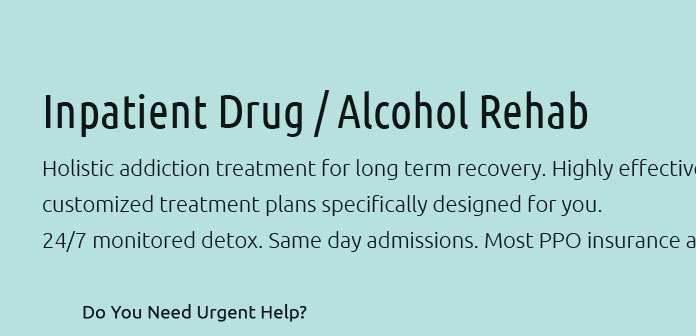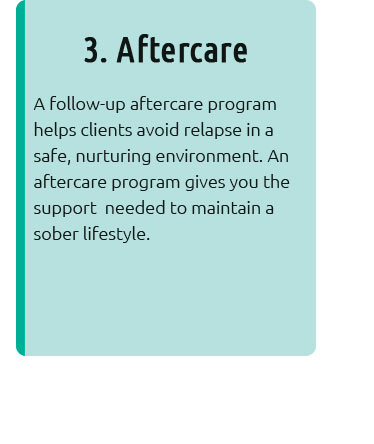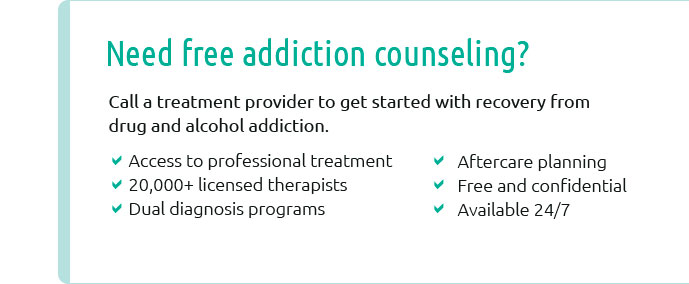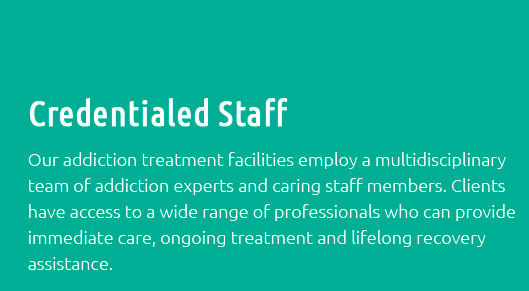 |
 |
 |
 |
 |
 |
||
 |
 |
 |
 |
 |
 |
 |
||
 |
||
 |
||
 |
 |
 |
|
 |
|
Exploring Inpatient Rehabs Near Me: A Comprehensive GuideIn the intricate tapestry of healthcare services, inpatient rehabilitation centers stand out as pivotal institutions for individuals seeking to overcome addiction and mental health challenges. Their importance cannot be overstated, providing structured environments that are both therapeutic and transformative. In this article, we'll delve into the world of inpatient rehabs, offering insights into what they are, how they function, and the subtle nuances that might help you in choosing the right facility near you. Understanding Inpatient Rehabs At its core, an inpatient rehab facility is a residential treatment center where individuals reside for a certain period while undergoing intensive therapy. The goal is to provide a stable, distraction-free environment where patients can focus solely on recovery. Unlike outpatient programs, these centers offer 24/7 medical and emotional support, a crucial element for many on the path to sobriety. This setting ensures that individuals are away from triggers that may exist in their usual environment, offering a unique opportunity to reset and recharge. Components of Effective Rehabilitation
Choosing the Right Facility The task of selecting an inpatient rehab can be daunting. Here are some considerations to guide your decision-making:
The Personal Touch Having a personal connection with the staff and the environment of a rehab facility can significantly impact one's recovery journey. Many who have traversed this path emphasize the importance of empathy and support from those around them. Staff who not only possess clinical expertise but also demonstrate genuine compassion can create a nurturing atmosphere conducive to healing. Conclusion Inpatient rehabs near you offer more than just a place to recover; they provide a sanctuary for transformation and growth. By understanding the elements that constitute effective rehabilitation and considering personal preferences and needs, you can make an informed decision that aligns with your recovery goals. Remember, the journey to recovery is personal and unique to each individual, and choosing the right facility is a crucial step towards a healthier, more fulfilling life. https://www.detoxrehabs.net/free-rehab-centers/alabama/birmingham/
Learn about free drug and alcohol addiction programs in Birmingham, Alabama, that offer quality treatment services for substance abuse. https://bradfordhealth.com/birmingham-al-iop-rehab-location/
Bradford Health Services offers outpatient addiction treatment programs in Birmingham, AL, at our Birmingham Regional Office. https://recovery.org/drug-alcohol-rehab/birmingham-al/
Birmingham alcohol and drug inpatient rehabs near me. Find out more about outpatient, detox centers, addiction treatment programs and insurance coverage in ...
|